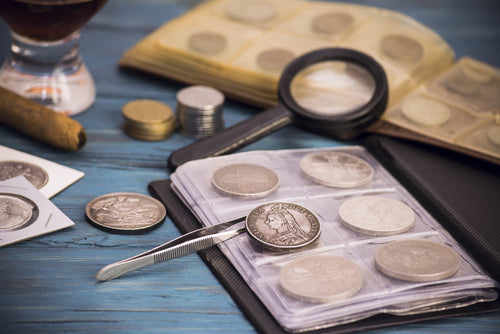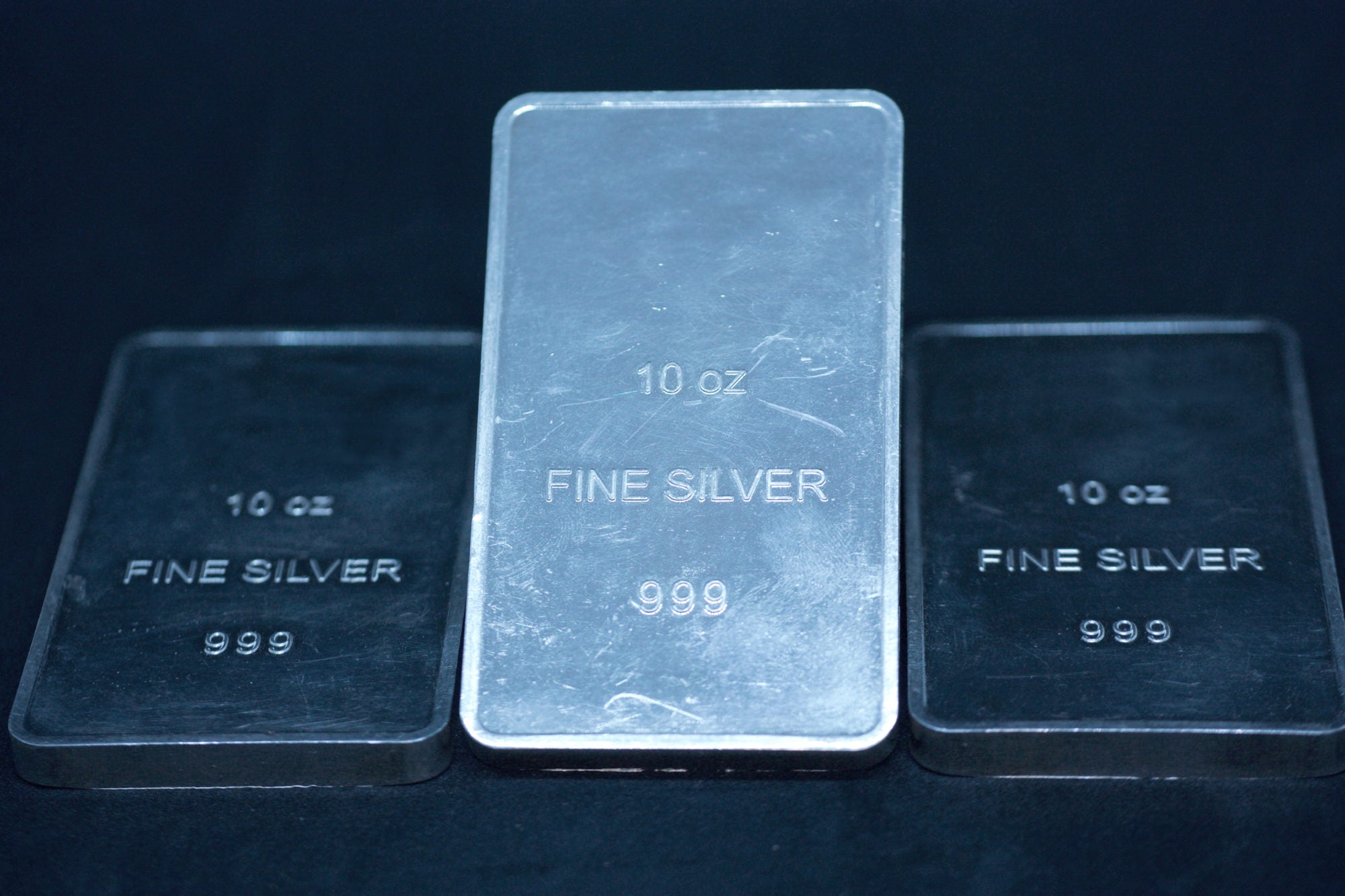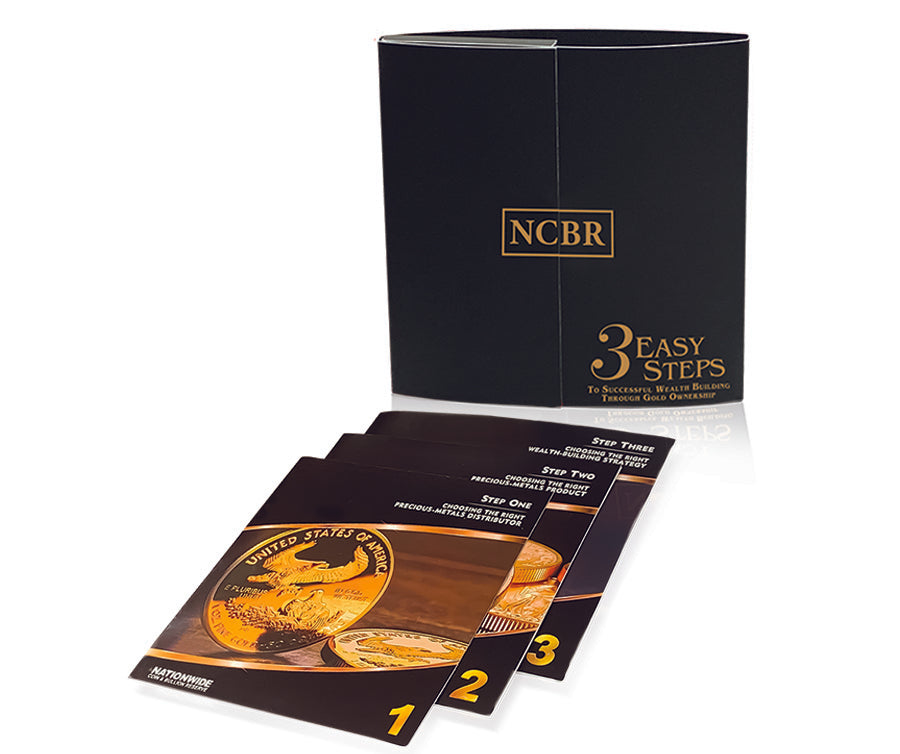Bullion vs. numismatic is an important distinction when it comes to gold and coins. But what do these terms actually mean, and how does if affect bullion and numismatic as investment items?
The difference is essentially quite simple: bullion refers to tangible money itself, physical assets with timeless values. No matter what form it takes, the intrinsic value of bullion – whether gold or silver, in coin or bar form – will maintain. Some examples of bullion coins you can purchase from Nationwide include our popular $5 Gold American Eagles and the brand new 2018 American Liberty Gold Coin.
Numismatic, on the other hand, typically refers to rare and collectible coins. Many numismatic coins do hold value and can be an investment, but they are different from bullion in that their value can change. The base value of the precious metal will always be the same, but numismatic coins also contain an additional value that typically exceeds the base value.
Numismatics refers to the study or act of collecting coins, paper money, and medals, so it makes sense to call these collectible types of coins numismatic. Some of the most valuable coins out in the world fall into the numismatic category due to their rarity for a variety of reasons: historical value, being one-of-a-kind in and of themselves, or being minted in a particularly extraordinary way. Among the numismatic coins available at Nationwide include the Pre-1933 $20 Liberty Double Eagle, as well as the eye-catching $20 Saint Gaudens Double Eagle Pre-1933.
The spot price of gold or silver does have a significant effect on bullion coins, although taking a look at historical data tends to show that precious metals prices always go back up after changes in the market. Numismatic coins have the potential to go up or down in value depending on external factors such as demand, auctions, and overall timing.
One reason you may want to invest in bullion vs. numismatic is that bullion always attracts a large and active market around the world. If you need to sell off your gold bullion, it will be fairly easy to do so at any given time.
If the potential value increase of numismatic coins is what appeals to your investment sensibilities, you will need to hold onto the coins for at least ten years prior to selling them in order to obtain the most value. Numismatic coins work differently on the precious metals market than bullion coins do, so if your interests are in the realm of collecting, the long-term investment of numismatics can not only be an expansion to your portfolio but also a fun and enjoyable hobby.
On the other hand, if your major desire is to have a safe haven of assets to hedge your bets against an unstable economy, or the ability to roll over your gold investments into a precious metals IRA, you may want to focus on bullion. Bullion can be rolled over into a gold IRA and can also be sold at any time, instead of requiring the long-term investment that numismatics do. You can always invest in both, keeping bullion handy to turn over depending on what the market dictates, while numismatic coins appreciate in value in the background.
Whether you need bullion or numismatic, explore our selection of both gold and silver coins and bars to shore up your precious metals portfolio for now and the future. Our experts are on standby to answer your questions and help you make the right investment for your needs!
Real Time Precious Metals Data Below







